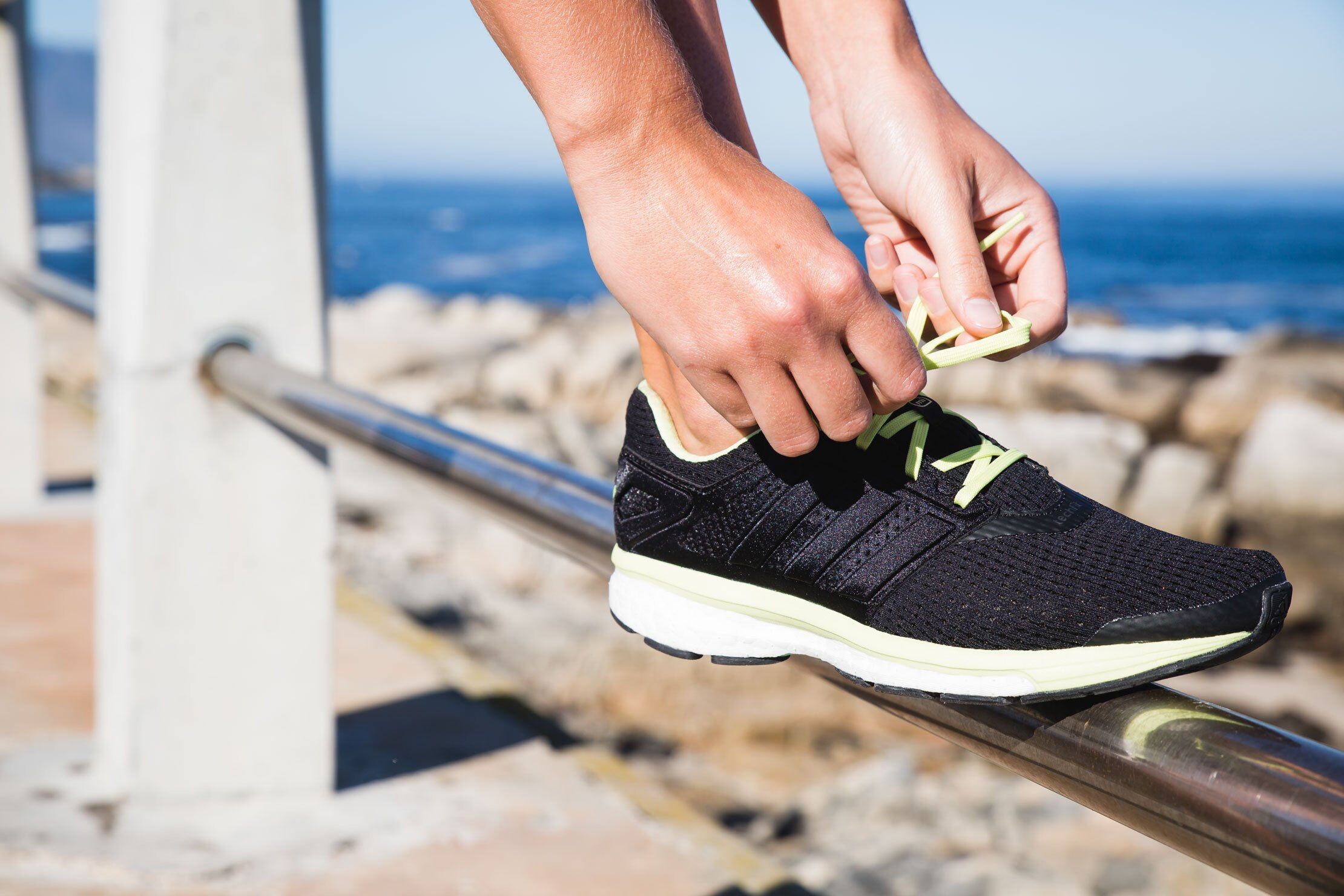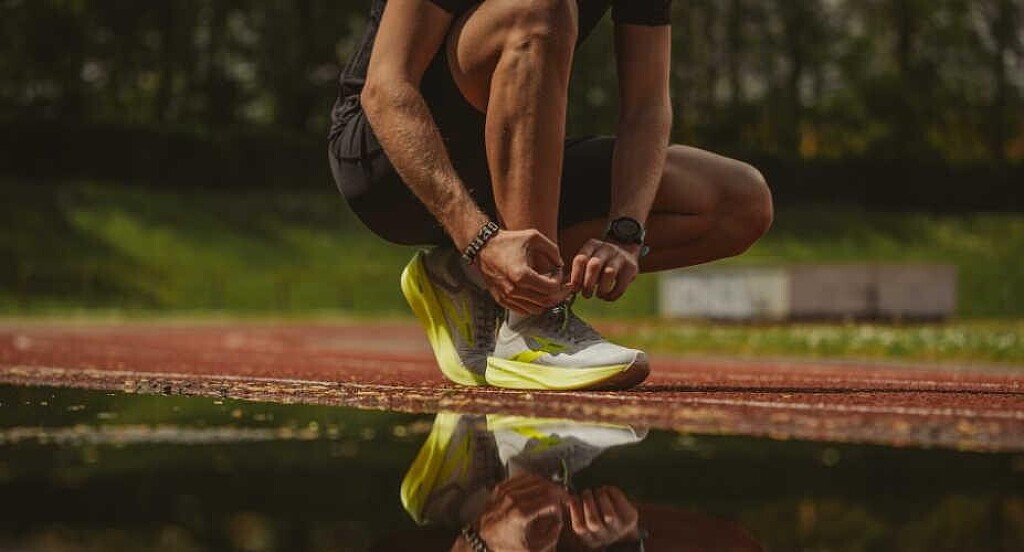Running News Daily
Running News Daily is edited by Bob Anderson. Send your news items to bob@mybestruns.com Advertising opportunities available. Train the Kenyan Way at KATA Kenya and Portugal owned and operated by Bob Anderson. Be sure to catch our movie A Long Run the movie KATA Running Camps and KATA Potato Farms - 31 now open in Kenya! https://kata.ke/
Index to Daily Posts · Sign Up For Updates · Run The World Feed
Why comfort is key when it comes to runners and footwear
The importance of wearing comfortable shoes cannot be overstated.Research shows that we use less energy, are less likely to sustain an injury or fall and we perform better in sports and fitness activities when wearing comfortable shoes. Comfortable footwear is also important in helping us recover from strenuous activity, foot pain or injuries.The concept of comfort is very complex, and there is no single aspect of fit that is more important than others. In fact, individuals tend to prioritize comfort features differently. For example, some people prefer cushioning and don’t notice arch support. Others may say that if the shoe or sandal supports their arch well, they will like it. Fashion of course also influences how we select shoes — some people are willing to sacrifice comfort for style.
Because comfort is highly subjective and thus can’t be measured, I tell my patients to try on several pairs of shoes, make comparisons and then to trust their instinct on which shoes or insoles have the fit, feel and overall comfort they prefer, instead of relying on someone else to tell them what to wear.
I also emphasize that comfort decreases from standing to walking to running so you should move in the shoes or sandals to accurately assess how they feel.

Research suggests that part of how we perceive comfort in footwear has to do with how efficiently we move with the shoes on. If the shoe works with our body’s preferred movement pattern, we will move more efficiently and will perceive it to be more comfortable. Conversely, if the shoe works against our preferred movement pattern, we will move less efficiently and will perceive the shoe to be less comfortable.
Again, this comfort measurement is highly subjective and personal. I encourage people to trust their instincts on comfort after making comparisons.

FACTORS THAT AFFECT COMFORT IN FOOTWEAR
Some of the factors that affect comfort in footwear include fit, cushioning, support, stiffness and climate.
FIT
Matching the shape of the shoe to the shape of the foot in terms of length, width and volume, is an important starting point. Keep in mind that shoe size is inconsistent across brands, so focus more on how the shoe feels, instead of the size number. A recent study found that up to 72% of people are wearing shoes that do not fit them properly. The same study showed that improperly fitting shoes are associated with foot pain. For runners, I emphasize a fit that is snug in the heel and midfoot but allows room for the toes -- the back 2/3 of the shoe should be snug and the toe box should feel roomy.
CUSHIONING
There is probably an ideal amount of cushioning for each individual but we do not have a method of measuring for it. Some people like a lot and some like a little — the “right” amount is whatever you prefer. One concept to keep in mind however is that there is such a thing as too much cushioning. Excessively soft shoes are rarely the answer to address foot pain or injuries.
SUPPORT
This term means different things to different people but often refers to how it feels in the arch and midfoot. As with cushioning, the “right” amount is based on your personal preference.
STIFFNESS
Some shoes are very flexible and some are stiff, the way the shoe flexes under the foot is dependent on the structure of the midsole and outsole as well as the size of the person and the speed at which they run. There is no single ideal amount of stiffness in footwear so the best method is to run in the shoe and and select the style that feels most comfortable to you.
CLIMATE
The shoe’s upper must allow proper dissipation of heat and moisture to help maintain comfort and protection from the environment. Running shoes tend to be very breathable while hiking boots tend to be more weather resistant and less breathable. A quality pair of socks with wicking properties definitely help maximize footwear comfort in combination with the shoe.
In summary, comfort isn’t just about feeling good. There are many health benefits to wearing comfortable shoes. In order to find the best shoe for you, make comparisons, run in the shoes and trust your instincts to determine your personal preferences.
by Paul Langer, DPM
Login to leave a comment




